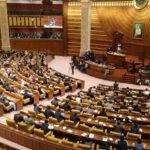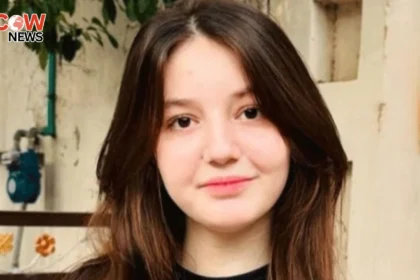Internationally renowned Punjabi singer Diljit Dosanjh has announced that he will no longer perform in India due to poor concert infrastructure and arrangements.
According to Indian media reports, Diljit delivered a stellar performance at a sold-out concert in Chandigarh on Saturday, but surprised his fans when he announced that he would not be performing at any future shows in India.
He cited the lack of proper infrastructure for concerts and appealed to authorities to provide better facilities, as the concert industry is rapidly growing in the country.
At the end of the Chandigarh concert, Diljit addressed the government and relevant authorities, urging them to focus on improving the infrastructure for live shows.
He stated, “I want to inform the authorities that we do not have proper facilities here for live shows. This is a major revenue-generating industry, and many people are involved in it. Please consider improving the infrastructure.”
Diljit further emphasized that instead of bothering artists, the Chandigarh administration should focus on enhancing the infrastructure.
He announced that he would not perform in India again until the stage is placed in the middle of the concert venue, so that fans can surround him. “I will try to ensure that the stage is placed in the middle so that my fans are around me. Until that happens, I will not perform in India. Therefore, I request the authorities to work on the infrastructure.”
Before this announcement, Diljit had been issued a government notice ahead of his concert.
It is also worth noting that Diljit has performed numerous concerts internationally, with a large fan following attending his shows. From May to July this year, he earned a whopping 2.34 billion Indian Rupees from his North American tour.
Tickets for his U.S. concerts sold for prices ranging from $55,000 to $64,000, equivalent to 46 million to 54 million Indian Rupees (approximately 15 million to 18 million Pakistani Rupees). Additionally, his concerts in Europe and the UK saw tickets sell out within seconds.







